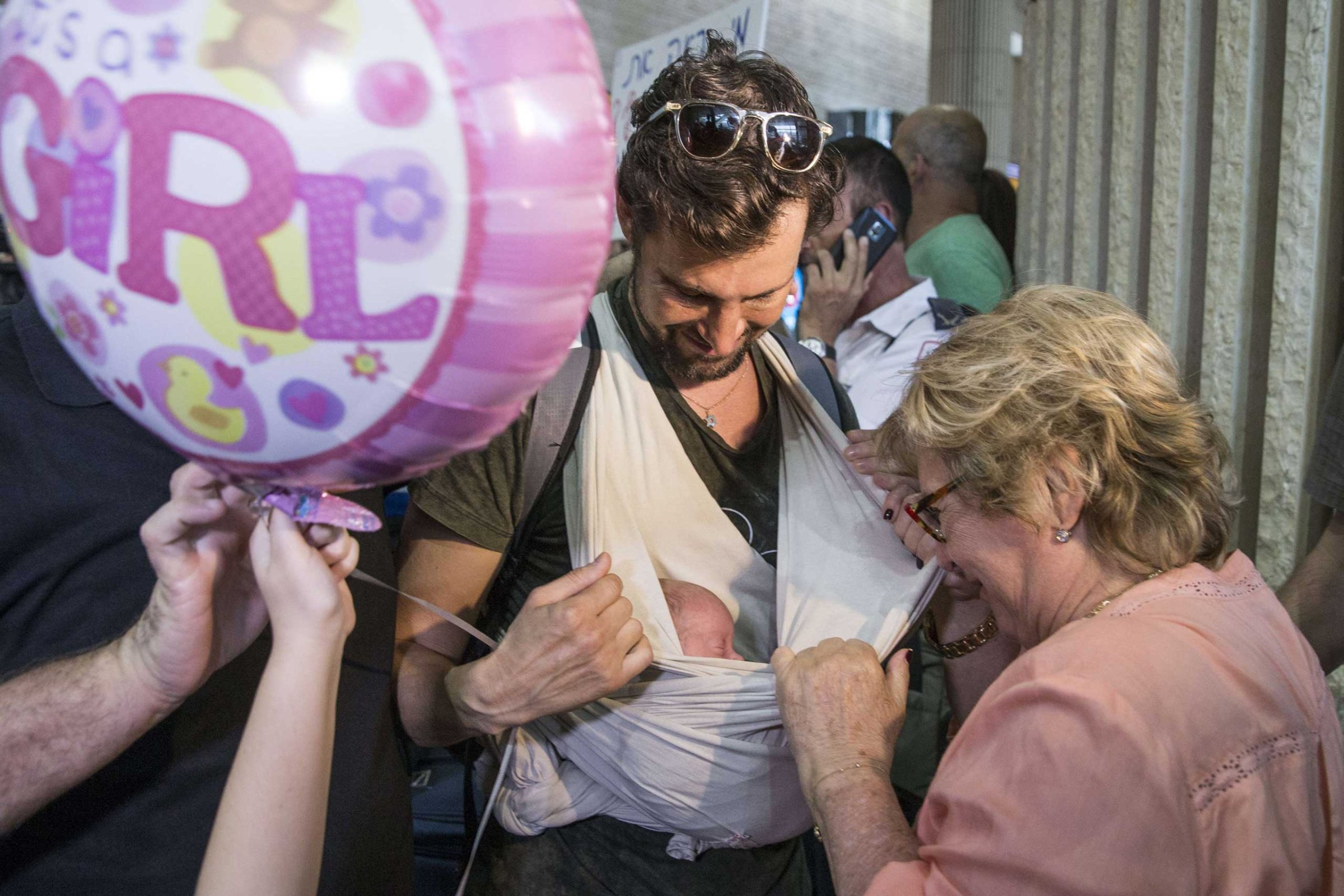
An Israeli Boeing-747 returned from Nepal to Israel’s Ben Gurion International Airport on Tuesday afternoon, and among its 229 passengers were 15 Israeli babies, all born within the past six weeks to surrogate mothers in Nepal.
Some of the babies were with their Israeli parents and others were cared for by Israeli passengers. None of the surrogate mothers were allowed to travel.
The infants’ arrival completed the evacuation of 26 surrogate Israeli babies from Nepal, where a devastating earthquake on Saturday killed more than 4,000. The rescue process, coupled with widely published photos of the newborns being cradled by Israeli medics on the Tel Aviv tarmac, has thrust Israel’s reliance on Nepalese surrogates into the spotlight, revealing a little known link between Nepal and Israel and starting a debate here about the ethics of international surrogacy.
Only heterosexual couples can easily employ surrogate mothers in Israel. Gay couples and single parents tend to look abroad to bear children with surrogates. For many years, India — where costs are low but the standard of medical care is generally high — was the preferred surrogacy option for Israelis, but a change to the law there in 2013 prevented gay men and couples who had been married for less than two years from engaging surrogate mothers. The shift in the law caught many Israelis midway through the surrogacy process. The Indian women traveled to Nepal to give birth and the Israeli surrogacy agencies then switched their operations from India to Nepal.
The first Israeli baby was born to a surrogate mother in Nepal in January 2014, and it is now the destination of choice for Israelis who do not have access to surrogacy in Israel. Many Asian and European countries ban commercial surrogacy, and it can cost up to $150,000 in the U.S. and Canada but only $30,000 in Nepal.
But while the Israeli government scrambled to evacuate the 26 Israeli newborns and their Israeli parents from Nepal, a further 100 women, some Nepalese, some Indian, are still carrying babies for Israelis. The Israeli Attorney General Yehuda Weinstein said he would allow the most heavily pregnant to be flown to Israel to give birth and outgoing Interior Minister Gilad Erdan promised to remove immigration hurdles for the rest. “We have decided to hold off on all the procedures, even if it causes a problem with the Nepalese or Indian governments, so as to bring over the babies as soon as possible,” Israeli news sources quoted him as saying on Monday.
The ordeal of the infants and their surrogates has dominated the news coverage of the quake here, with some pundits criticizing the use of government funds to send a rescue mission, and others demanding that Israel reevaluate its own surrogacy laws in the wake of the crisis. An opinion piece in the Haaretz newspaper went one step further, accusing the Israeli public of showing selective empathy by focusing only on the newborn infants, and not the women who had carried them.
“How can it be that none of the human interest stories or compassion-filled posts mentioned these women, who came from a difficult socioeconomic background … to rent their wombs … who now, like the babies they’ve just had, are also stuck in the disaster zone?” writer Alon-Lee Green asked.
Officials on Tuesday said they were continuing to explore options for evacuating the pregnant women. Meanwhile, a delegation from the Red Star of David, Israel’s national emergency medical response organization, remained on the ground in Katmandu, where Israel has set up a field hospital.
Yonatan Yagodovsky, director of the Red Star of David’s international department, said that in addition to operating the field hospital and assisting local doctors, the evacuation of the newborn children had been his organization’s top priority. On Tuesday, all of the infants underwent medical examinations in Israel, and two remained hospitalized.
The future of Israeli surrogacy in Nepal remains up in the air. “The main concern right now is lack of clean water and things like that,” said Dana Magdassi, founder of Israel’s Lotus Surrogacy Agency. “I’m not going to send someone in for treatment right now, but in one or two months, I think we can definitely reconsider.”
See India's Rescue Operations in Quake-Devastated Nepal




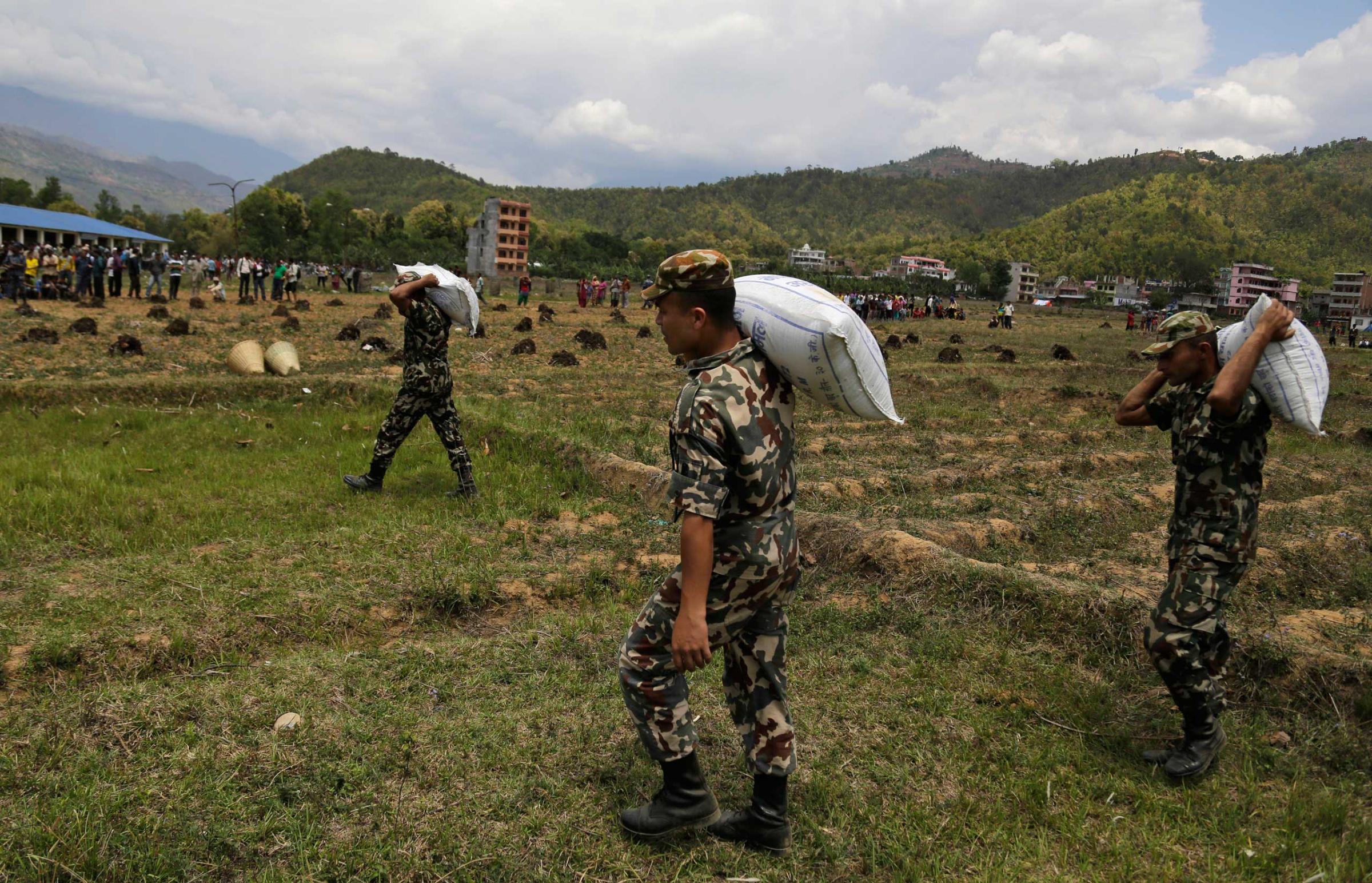
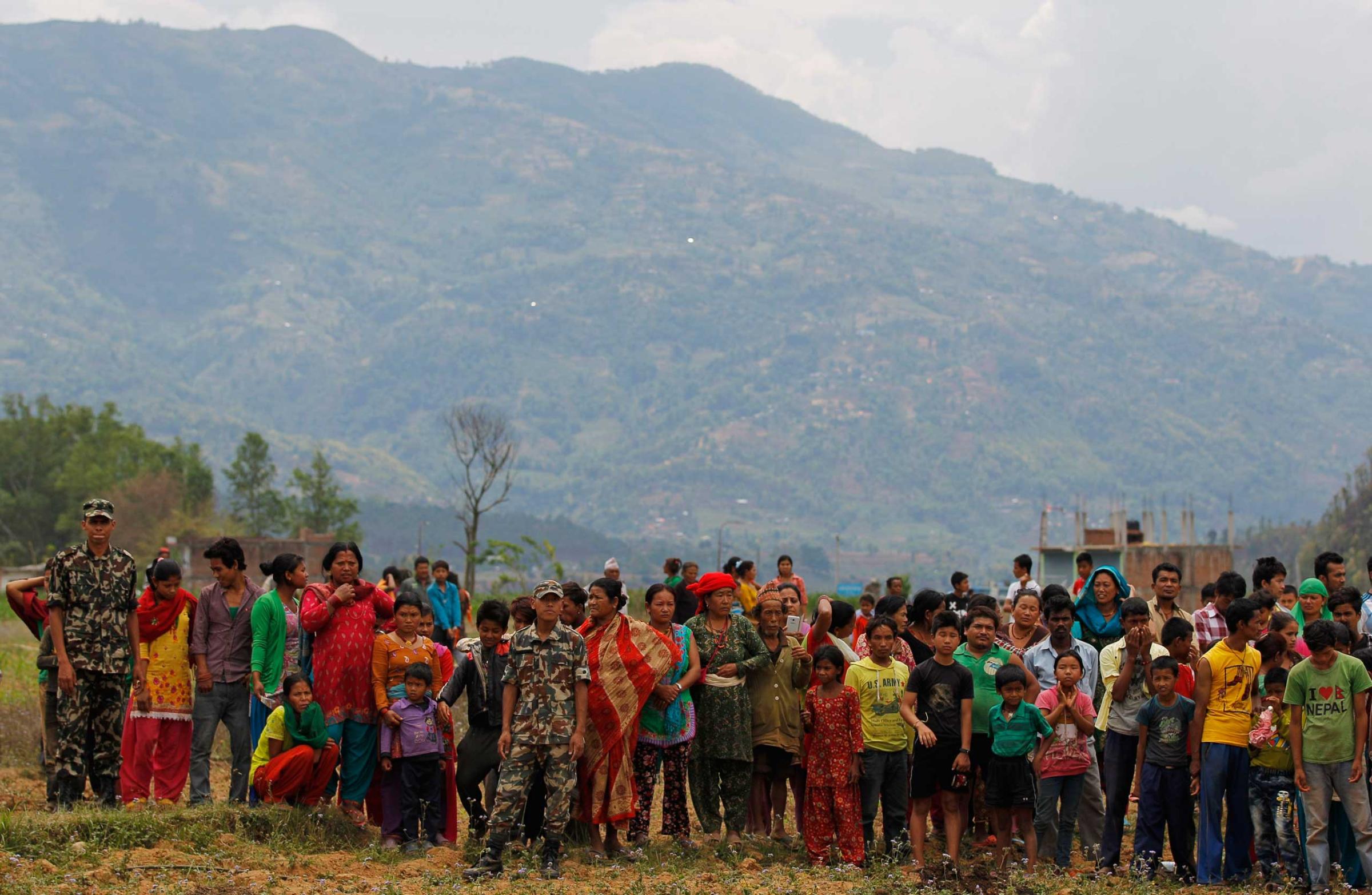
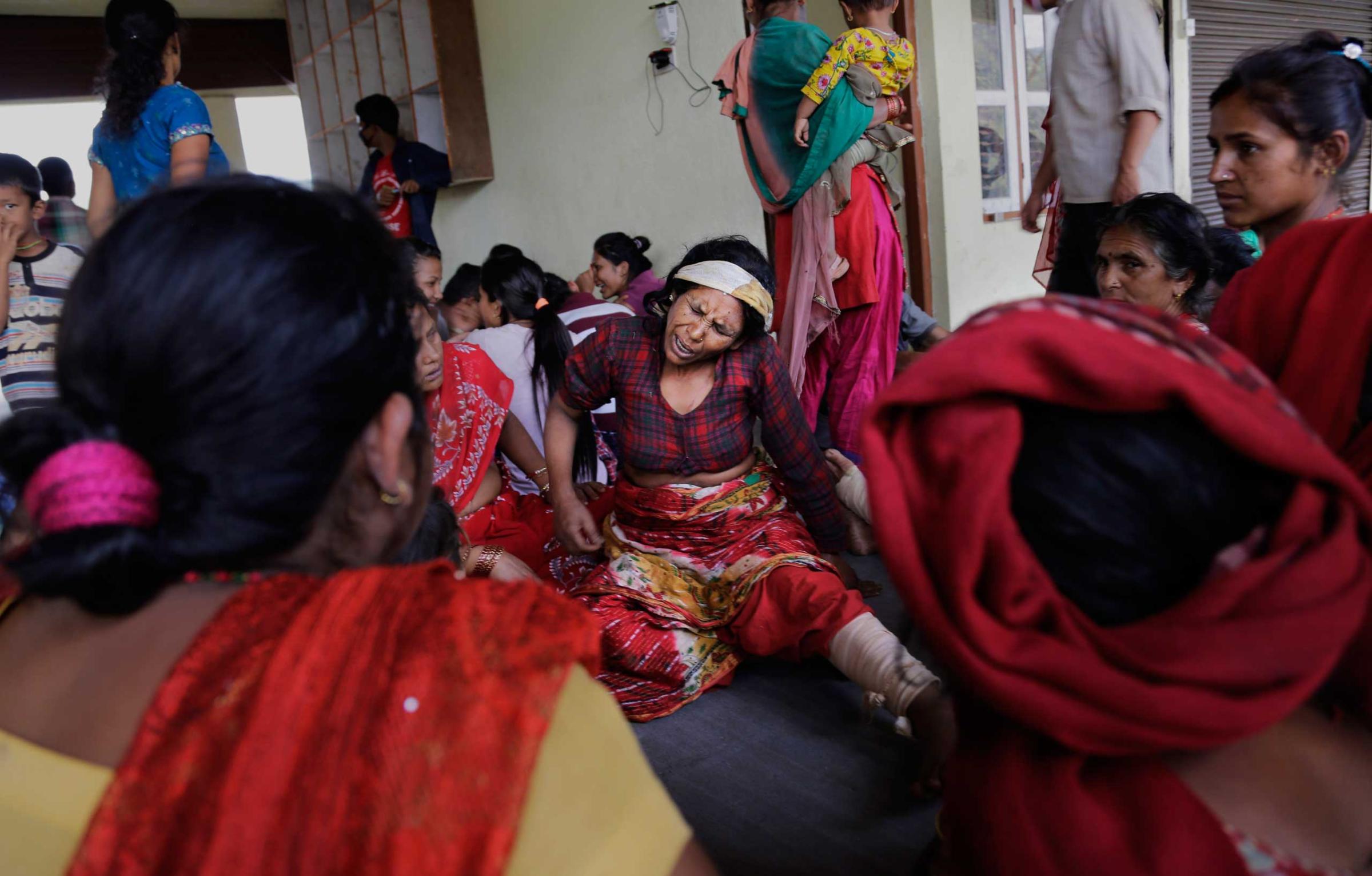
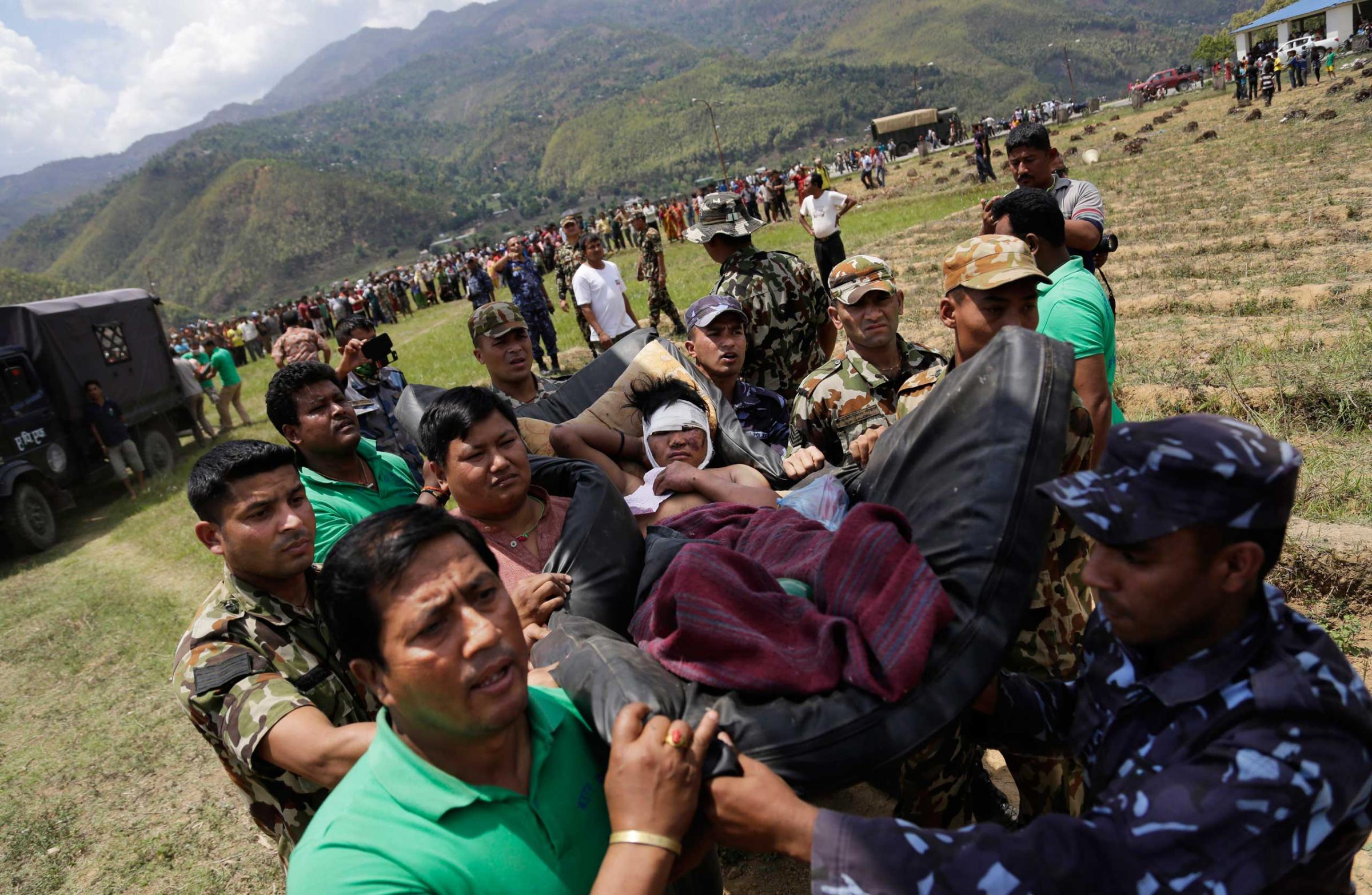
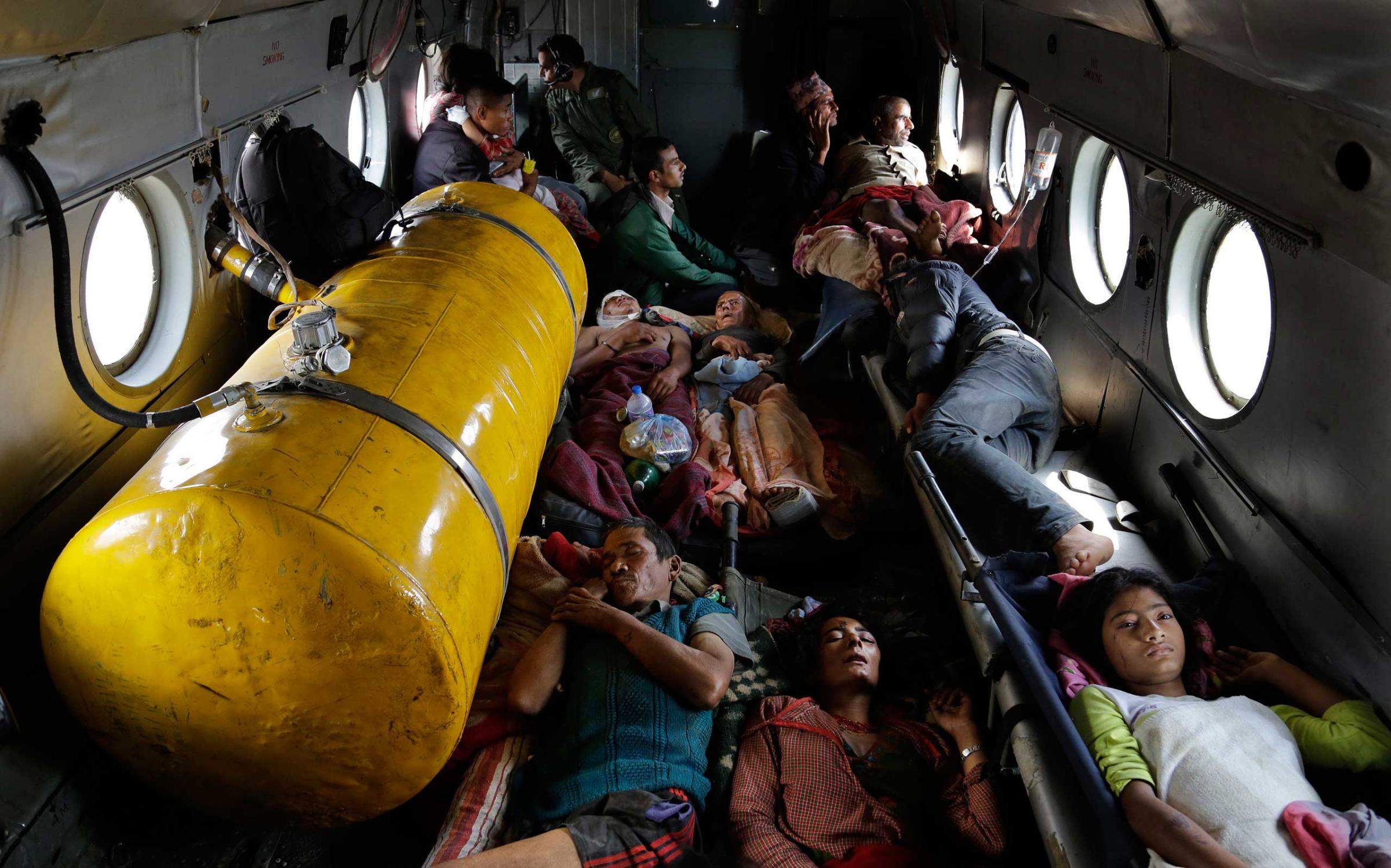

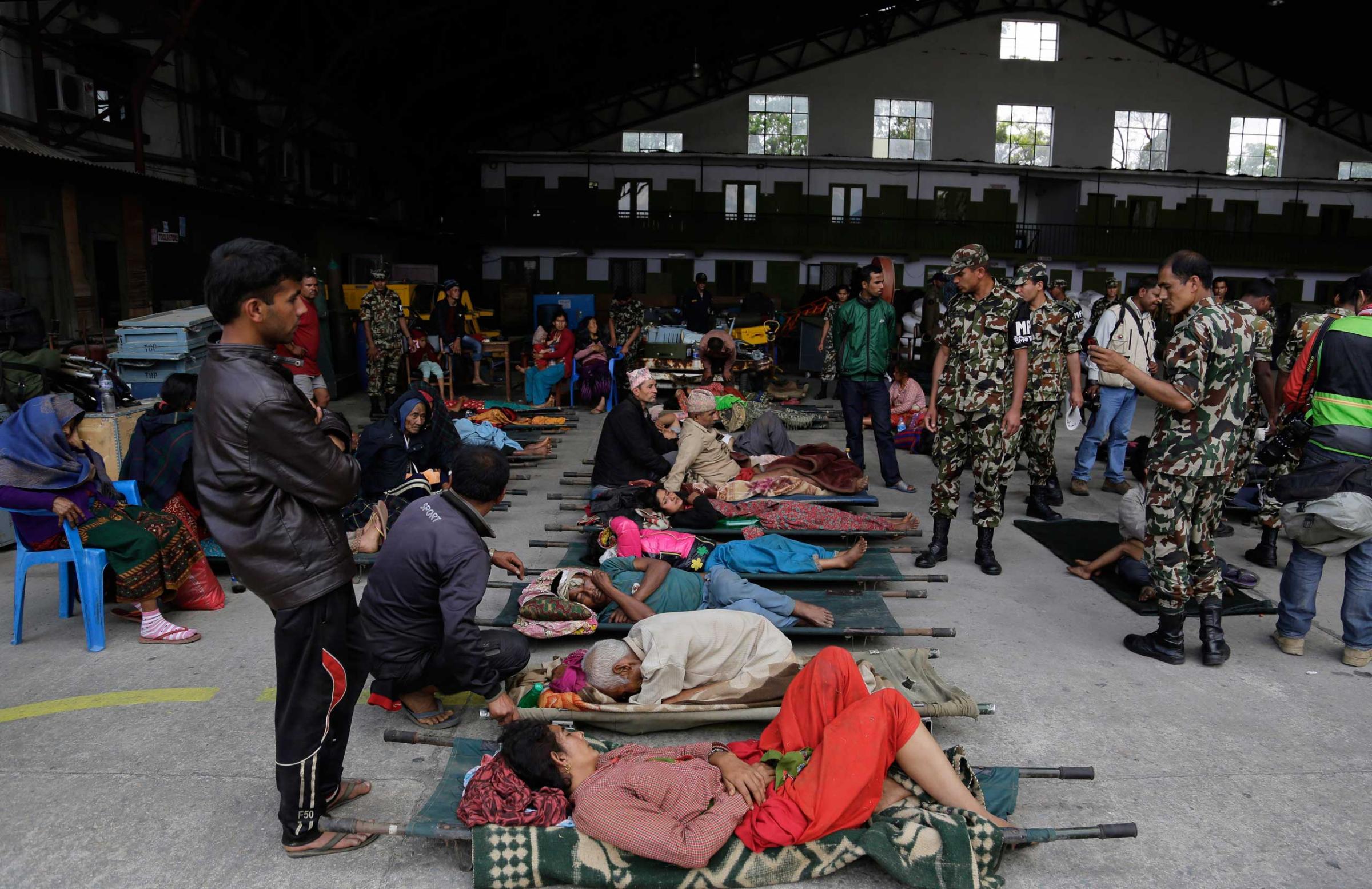
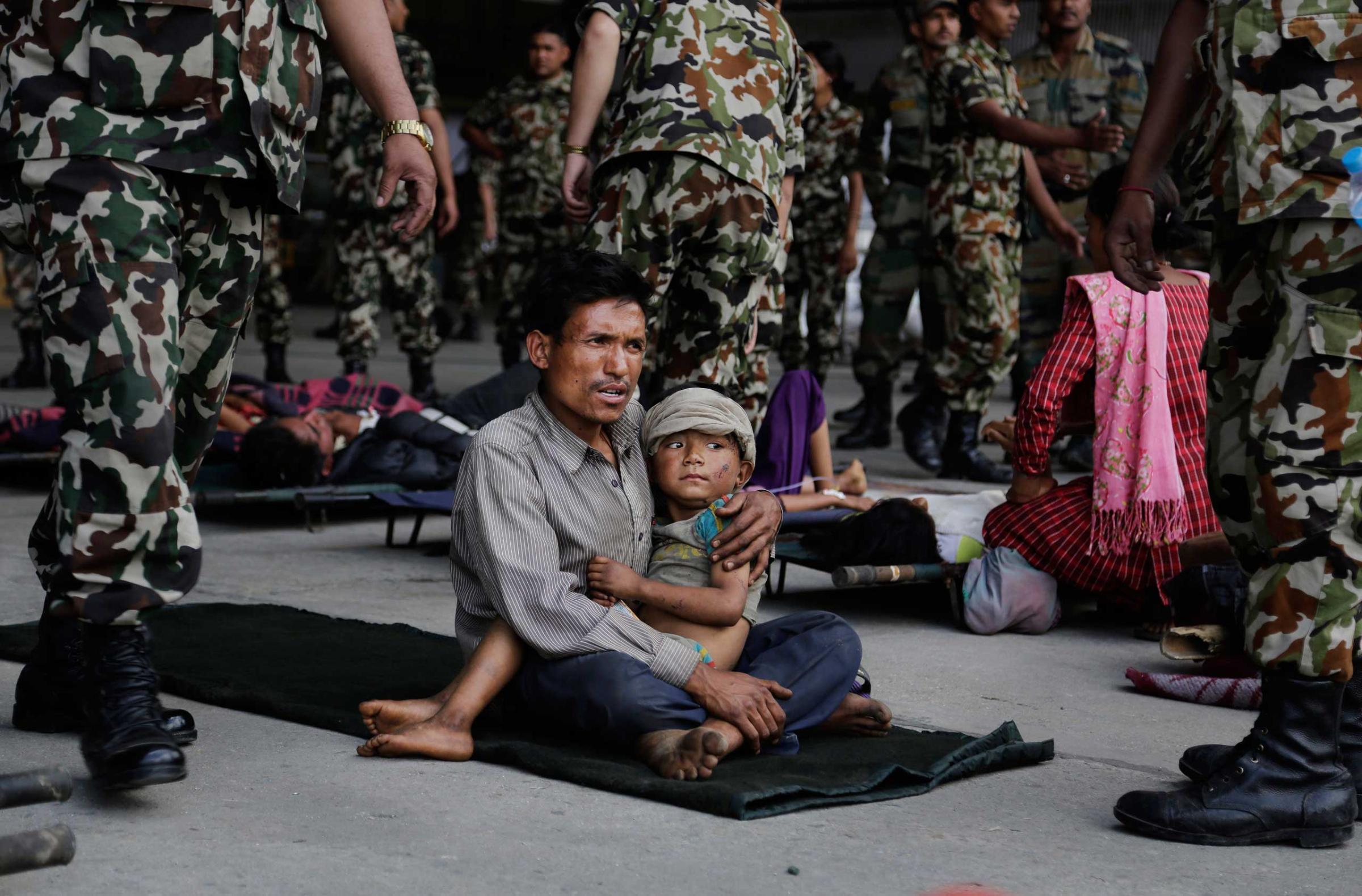
More Must-Reads From TIME
- The 100 Most Influential People of 2024
- Coco Gauff Is Playing for Herself Now
- Scenes From Pro-Palestinian Encampments Across U.S. Universities
- 6 Compliments That Land Every Time
- If You're Dating Right Now , You're Brave: Column
- The AI That Could Heal a Divided Internet
- Fallout Is a Brilliant Model for the Future of Video Game Adaptations
- Want Weekly Recs on What to Watch, Read, and More? Sign Up for Worth Your Time
Contact us at letters@time.com